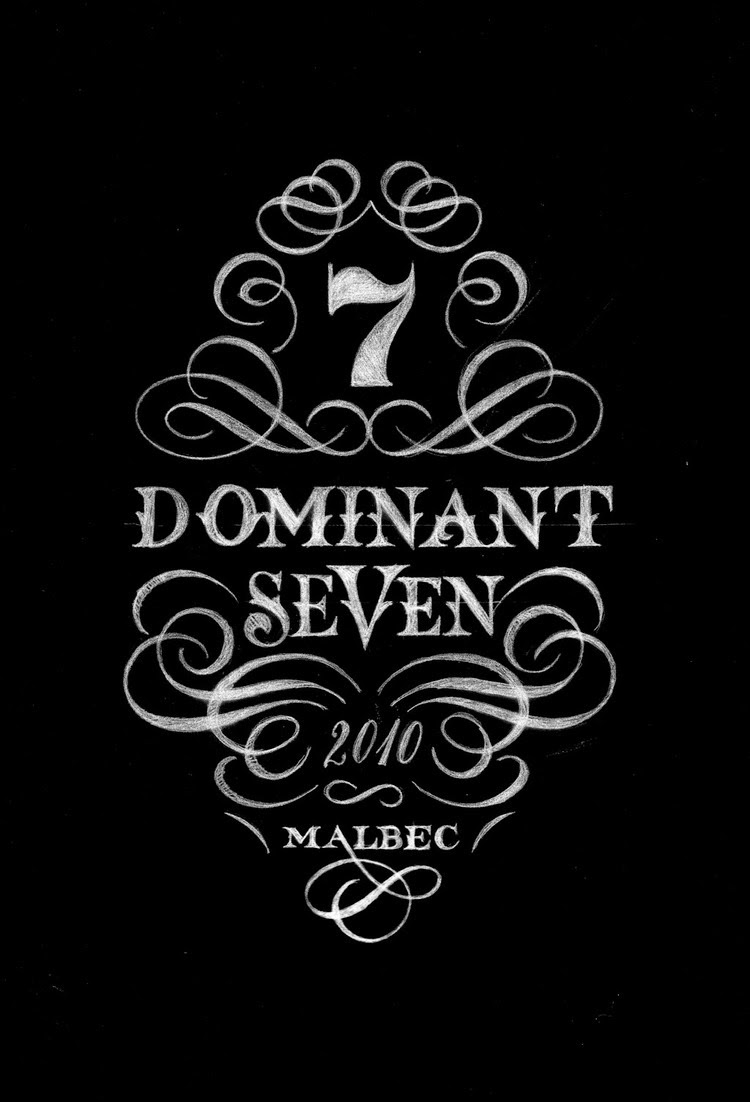Typographic crimes against humanity
Crimes against typography are committed everyday. Designing with
typography is not an easy thing to do. Like graphic design as a whole, it has
to be both aesthetically pleasing and functional. When designing with typography, a
great deal of consideration goes into the composition, orientation, size,
typeface, and letter spacing.
Designers should know the vast importance of
typography, yet basic type-crimes abound. You can witness these atrocities
anywhere. Some are quick to dismiss the rules of typography, and some are unaware that these rules exist. Consequently the results of unconscious design can be heinous,
hysterical and convoluted. The following examples are the best of the
worst in typographic design.
KidsExchange
KidsExchange Sale
for-profit organization Founded in 2001 by sisters Julie Blaising and Amy Winstead in Raleigh, NC. The company hosts consignment sales at store locations across the country.
Proper punctuation (and word spacing) should always be encouraged.
When London unveiled its
£400,000 2012 logo design, the design community was appaled. Some claimed it
resembled a swatstika. Iran even threatened to boycott the Olympics since they
believed the logo spelled out "Zion."











Regrettable Rebrands

Designed by Trey Laird and his firm Laird and Partners
Black &Decker Popular tool and appliance manufacturer Black + Decker (formerly
Black & Decker) wanted to rebrand itself as a company for the everyman and
not one for guys with tool sheds.
Nationwide
insurance decided to bring back its pre-1998 eagle logo with some modern
updates. The company says it found that its eagle is 50% more recognizable than
the blue frame, but it just looks like a bad college logo.
YMCA
the new YMCA England logo seems like bad attempt to "modernize" its look. It just resembles a lesser
version of the AC/DC logo.
Monster.com has had over 200 million registered users since it was founded in
1999, and this year it decided to expand. This came with a new logo in the form
of a flag with 3D effects. Sometimes being radically different just results in
being off the mark.
















































